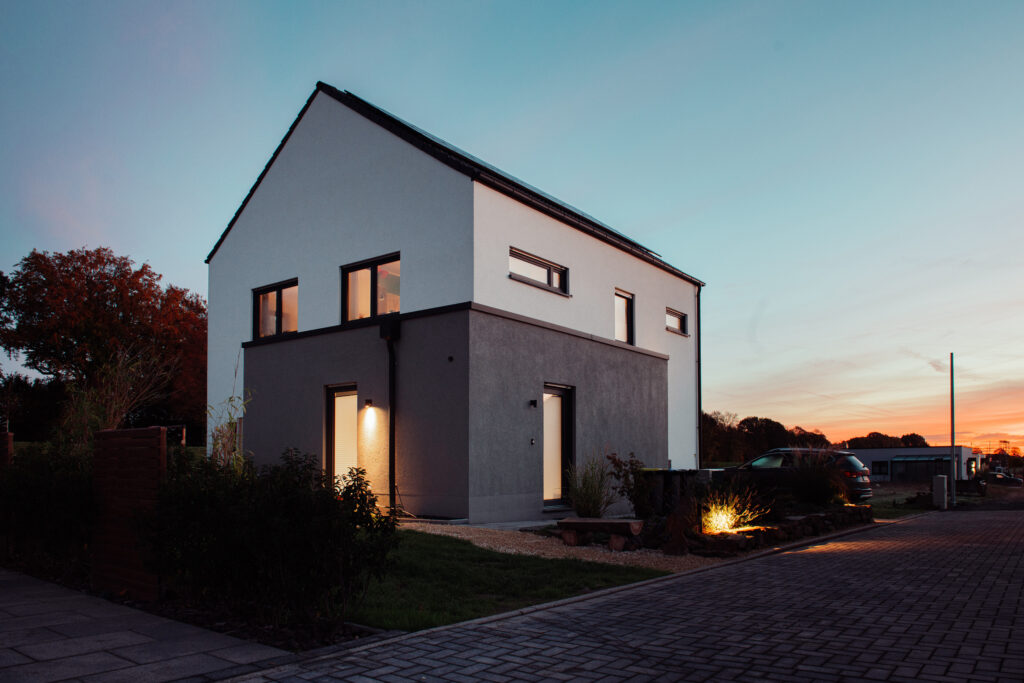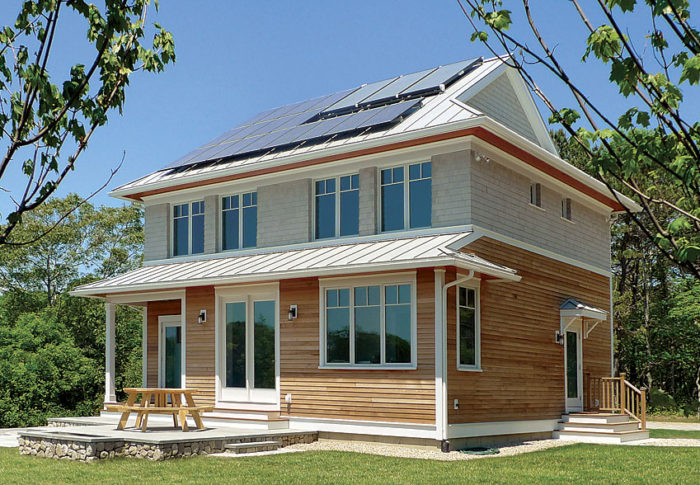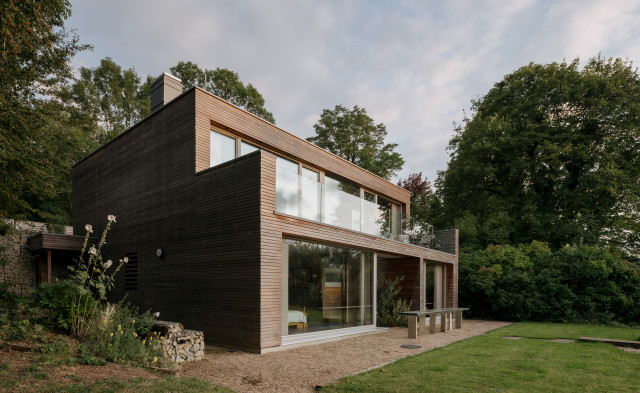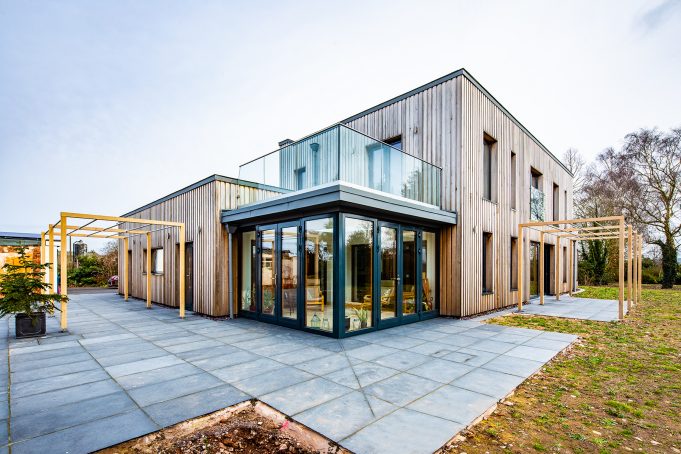Understanding the principles of deep energy retrofits is critical for anyone looking to improve the energy efficiency of their home or building. This guide will delve into these principles, providing you with the knowledge needed to make informed decisions about your energy retrofit project.
Before we delve deeper, it’s worth noting that passive building for cold climates is a related topic that provides additional context for this discussion.
Understanding Deep Energy Retrofits
A deep energy retrofit is a whole-building analysis and construction process that uses to achieve larger energy savings than conventional energy retrofits. The process involves adding insulation, sealing air leaks, replacing inefficient appliances, and installing renewable energy systems.
Key Principles of Deep Energy Retrofits
There are several key principles to consider when undertaking a deep energy retrofit. These include reducing energy demand, improving system efficiency, and using renewable energy sources.
Benefits of Deep Energy Retrofits
There are numerous benefits to undertaking a deep energy retrofit. These include reduced energy costs, improved comfort, and a smaller carbon footprint. For a more detailed exploration of these benefits, consider visiting this comprehensive guide on the benefits of passive houses.
Conclusion
Deep energy retrofits offer a comprehensive approach to improving the energy efficiency of a building. By understanding these principles, you can make informed decisions about your retrofit project and achieve significant energy savings.
If you’re considering a deep energy retrofit, you might want to include solar security setup in your project. Additionally, you can revitalize energy retrofits by incorporating portable solar generators.






